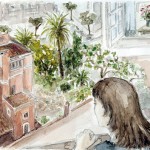
The clinic where I was born was turned into an old people’s home, then it became an empty space and finally it was squatted in and then cleared. But it hasn’t been knocked down.

The clinic where I was born was turned into an old people’s home, then it became an empty space and finally it was squatted in and then cleared. But it hasn’t been knocked down.

These days, not even the neighbourhood’s own mother would recognize it. Still, it’s worth saying that the change has been for the better.

Under the Eixample there are the same streets as on the surface, though much narrower, and they reflect the life outside and that of the houses above.

The poet Josep Pedrals talks to us about his neighborhood in rhymed form.
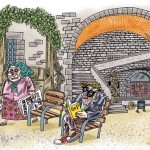
In that time, for me not having papers used to mean (means) lacking facts. But there was nothing to fear in the library.
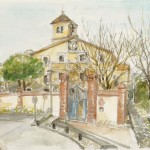
Vallvidrera is a small area independent of the city and, yet, as barcelonian comme il faut.

I wish they’d all go away. That this damned Operation Escape would end. That the neighbourhood would be emptied of those who live and who don’t live in Pedralbes.
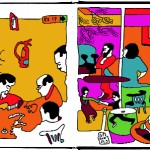
Maybe the stories zigzag around Poble-sec and mutate each year and in every square. Or maybe they emerge from the Paral·lel, that avenue of light and showbiz that was given its name by an astronomer and a wine seller.
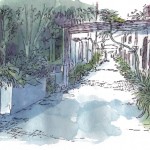
This former town once had eighty laundries washing the clothes of Barcelona’s wealthy.
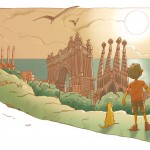
This hill was colonised by people who came from all over, tamed the hillsides, opened the path between Barcelona and its backbone.

Born in 1960 in a refugee camp in the Gaza Strip, the poet Bassem an-Nabris arrived in Barcelona in 2012, invited by Catalan PEN through the “Writer in Refuge” program, which enables writers who are persecuted to stay for up to two years.
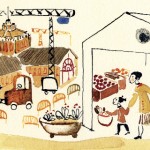
The big change will be that the Sant Antoni neighbourhood market will be where it always was, that the provisional market will disappear and that everything will go back to where it was before 2009.

Set apart from the tourist hubbub and the rising flood of cars, in Fort Pienc we get on with our daily business with dogged determination.
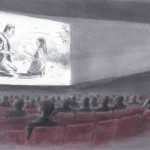
Please allow me to shed a tear for all of the local neighbourhood cinemas that have disappeared – even more so for those I saw open, some amidst much fanfare.

My friends never had to go along when their mothers went to Barcelona, as if we weren’t already in Barcelona. “Get ready, we’ve got some errands to run in the centre!” said Mum. Going to the centre was like, I
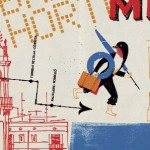
The protagonist of Cafè Barcelona returns to his city following an absence of many years, and immediately finds that “Gràcia has also changed”. His first surprise comes whilst exiting Fontana metro station when he sees that Carrer d’Astúries had been turned into a pedestrian street.

They suggested we went to the Filmoteca. Raquel saw that they were showing a film starring Magnani, “which I’m sure you’ll really like, won’t you?”

In a neighbourhood with no main square, albeit boasting a large church, and devoid of visually pleasing monuments, Carretera de Sants, a fabulous string of home decoration shops, clothes boutiques, shoe shops and greasy bars, gives it a backbone.

The fragrances of Rodoreda’s garden of all gardens linger on, even although many of the villas that were there when I arrived have been demolished and are no longer there. The soil or the air, wise carriers of the stories of men and women, must keep some kind of memory which makes the residents, newcomers and old-timers alike, love their neighbourhood so much.

Through a twist of fate that I do not seek to comprehend, I was privy to something that some people would not hesitate to call an encounter. Seeing it was no merit of my own since, surrounded as I was by the general euphoria, I just allowed myself be carried along.

The first time I ever saw an immigrantwas at Mercat Nou metro station, at the end of the nineties. Or, come to think of it, it was the first time I actually became aware of them. I saw her and
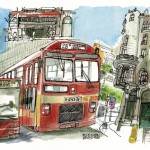
I used to take the number 28 bus in Plaça de Catalunya, outside the Catalònia bookshop. I was beginning to get interested in literature, and more than once that window had made me late for a date with my girl, who used to wait for me on the steps of Plaça Salvador Allende.
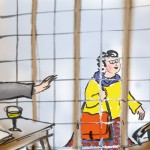
Five more minutes. And if she does turn up, will I recognise her right away, or will I not realise who she is initially and then have to cover it up with a “Silvia, you haven’t changed a bit”? These are the exact same words I am muttering to myself as I see her push through the main door.
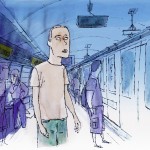
Muriel stopped. He started to run towards her, but after a few steps he stumbled over a root and fell outstretched onto the sand